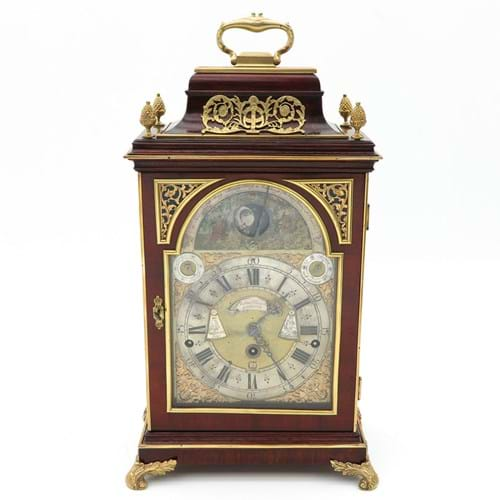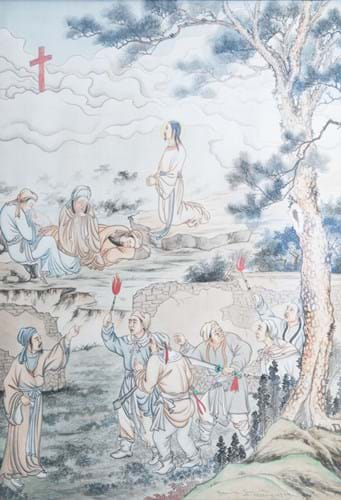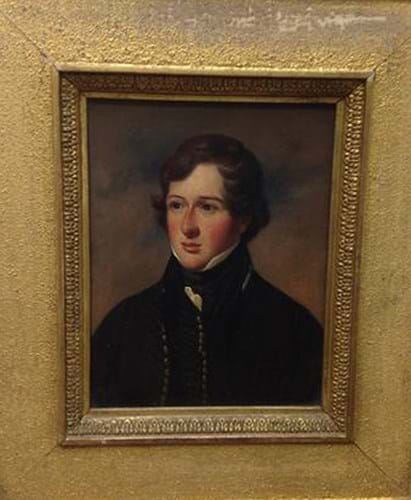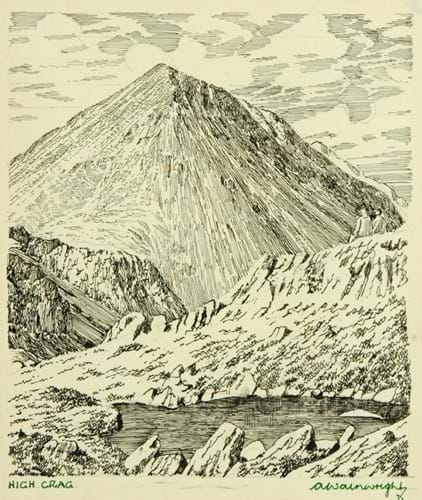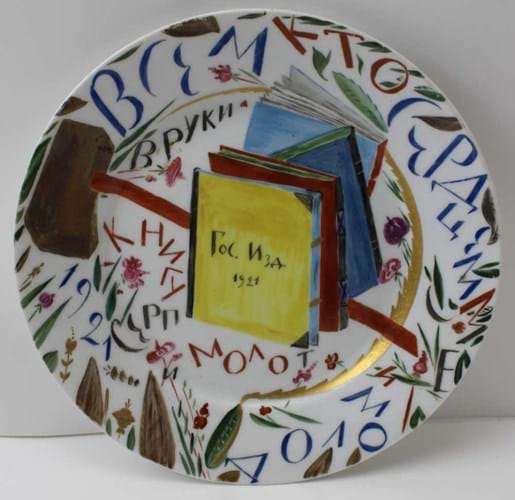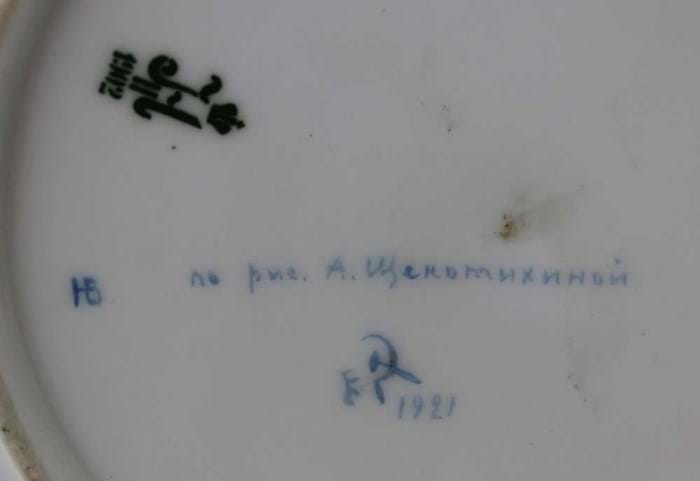1. 18th century musical table clock – €15,000
The sale at Veilinghuis de Jager in Goes in the Zeeland province of the Netherlands included a musical table clock signed for the London royal clockmaker John Ellicott (1706-72).
It was made c.1760 at the peak of Ellicott’s powers: working at Swithin’s Alley, Royal Exchange, he was the inventor of the compensation pendulum, a pioneer of the cylinder escapement and a designer of some important public clocks including that at the London Hospital.
Housed in a mahogany and cut brass case, this 23in (58cm) table clock has a number of complications powered by a substantial three train fusee movement and a carillon of 11 bells.
The dial has the standard aperture for the date but also segments displaying engraved personifications of the day of the week and the month.
The arch above two subsidiary dials includes both a moon phase and a selector for one of six tunes that are played on the hour.
Estimated at €6000-12,000 at the auction on September 1-3, it was bought by a buyer via thesaleroom.com at €15,000 (£13,640).
2. Flemish missionary’s painting – €8000
Before leaving as a missionary to China, the Flemish missionary Mon Van Genechten (1903-74) was a student of Dirk Baksteen, Sir Frank Brangwijn and Maurice Denis.
In Beijing he was assigned the post of professor in the arts at the Catholic University and practiced Chinese painting under the guidance of the scholar-artist Pu Xinyu. He took Chinese name Fang Xisheng.
Christian subject matter painted in the Chinese style came to define his oeuvre. This typical (1.14 x 80cm) ink and colour on paper scene signed and dated ‘Peking 1939’ is typical.
At the Belgium saleroom Coronari Auctions in Nazareth on September 4, it sold at €8000 (£7270) – many times the €250-500 estimate.
3. Captain’s portrait – £6500
The painter of this small 8 x 6in (20 x 15cm) English oil on board portrait c.1825 is unknown but the subject is clearly identified. He is Captain Charles James Hope Johnstone (1800-35), the son of Vice-Admiral Sir William Johnstone Hope.
Charles was commissioned as a commander in 1823 and given his first command – HMS Chanticleer – in 1824. He was appointed Captain in 1826 whilst serving on the Mediterranean Station.
At Ramsay Cornish in Edinburgh on September 5 his portrait sold via thesaleroom.com at £6500 (estimate £300-500).
4. Alfred Wainwright sketch and letter – £4600
The sale at Mitchells in Cockermouth on September 2 included several original pen and ink drawings by the well-known guidebook author and illustrator Alfred Wainwright (1907-1991). In the wake of a new record for a Wainwright drawing in June (£10,200 for a depiction of mist on Striding Edge, Helvellyn an online sale held by 1818 Auctioneers of Milnthorpe, Cumbria) these all sold for well above estimate.
The most valuable was the 8 x 7in (20 x 18cm) drawing of High Crag, another of the most-loved walkways in the Lakes. The peak stands at the southern end of the High Stile ridge which divides the valleys of Ennerdale and Buttermere.
This drawing was accompanied by a letter dated 1982 from Wainwright to one Mrs Rostern. It reads: ‘I am sorry to have to tell you that it is not possible to allocate to you an original drawing from Lakeland Mountain Drawings as you requested. I will however do a repeat drawing for you of your first choice (High Crag) in the New Year and hope to let you have it around the end of January. Yours sincerely, A Wainwright.’
The drawing and letter sold together for £4600 (estimate £400-600).
Born in Blackburn in 1907, Wainwright made his first visit to the Lake District aged 23. A total contrast to his home surroundings, it was a love-at-first sight, life-changing moment.
About 10 years later, he came to work in Kendal and spent his spare time making monochrome drawings of the fells. His seven-volume Pictorial Guide to the Lakeland Fells is still considered the standard reference work on the subject.
5. Soviet propaganda porcelain plate – £8000
When, following the October Revolution of 1917, the Bolshevik government took control of the Imperial Porcelain Factory, large quantities of glazed but unpainted white hard-paste porcelain platters, plates, cups and saucers remained on the premises.
These imperial blanks, some of them decades old, were typically marked with a monogram of the tsar to the base, but these could be covered up or took on a very different meaning when the plates were decorated with propagandist slogans and revolutionary images. It was known as agitfarfor (agitational) porcelain.
Sergei Chekhonin, a well-known graphic artist, illustrator, and ceramics painter in imperial Russia, was in charge of the production. Under his guidance a group of talented artists were assembled at the State Porcelain Factory in Petrograd who together combined slogans, calligraphy, Soviet imagery and some of the iconography of Russian folklore to create an artform that was as popular in the west as it was in the home of Leningrad.
Many pieces celebrate anniversaries. The 10in (24cm) plate offered by Bigwood Fine Art Auctions in Stratford-upon-Avon on September 4 was prominently dated 1921, marking five years of the revolution. In addition to an image of a hammer, flowers and books is a slogan that translates as All Who Are Bold and Young of Heart Should Take Up Book.
The various printed and painted marks to the base include the green imperial cypher of Nicholas II dated 1902, an overglaze blue hammer and sickle factory mark dated 1921 plus the painter’s initials and the name of the artist in Cyrillic.
The Cooper Hewitt museum has a plate with the same slogan by Rudolf Feodorovich Vilde, the draughtsman-designer who created dozens of designs for propaganda porcelain.
Bigwood’s plate was offered with various clippings assembled by the vendor on the topic of Revolutionary porcelain. Many would have loved to buy it at the estimate of just £40-60 but the hammer price of £8000, tendered via thesaleroom.com was much closer to the sort of sums pieces of the calibre bring at specialist sales.


